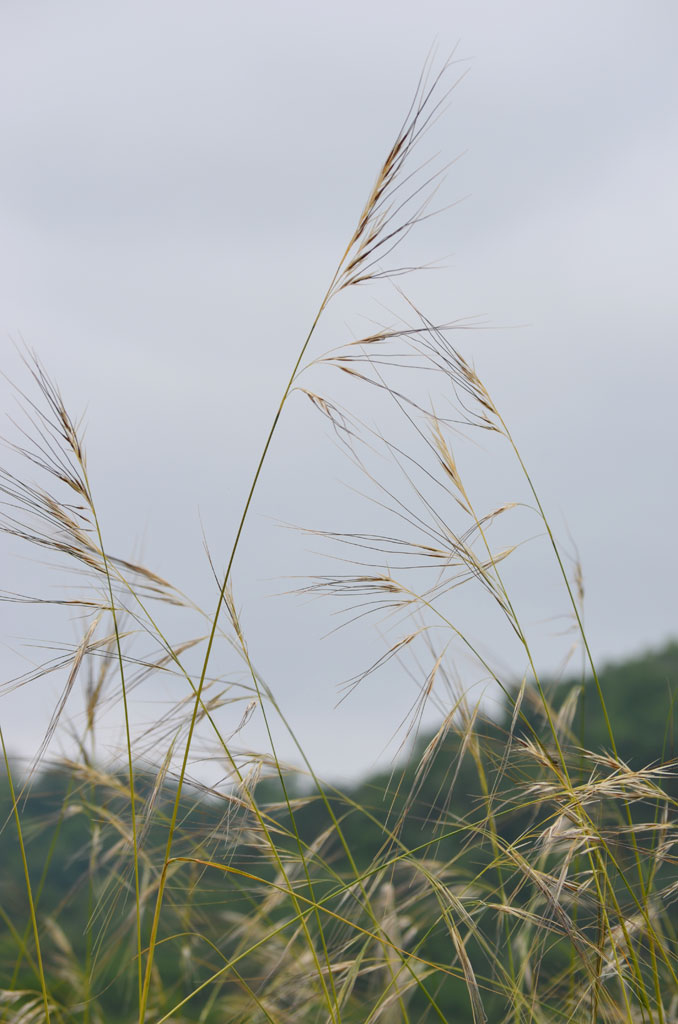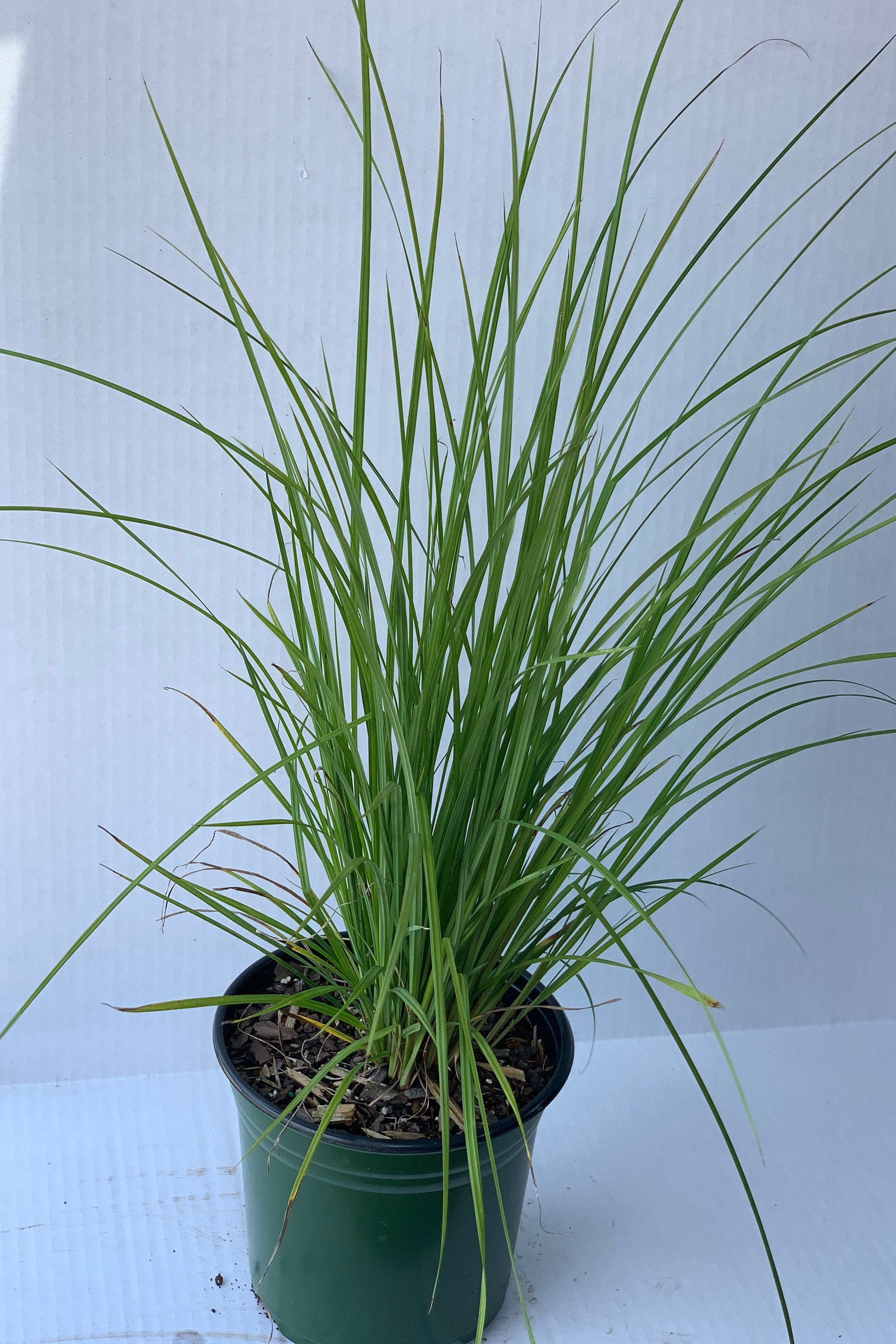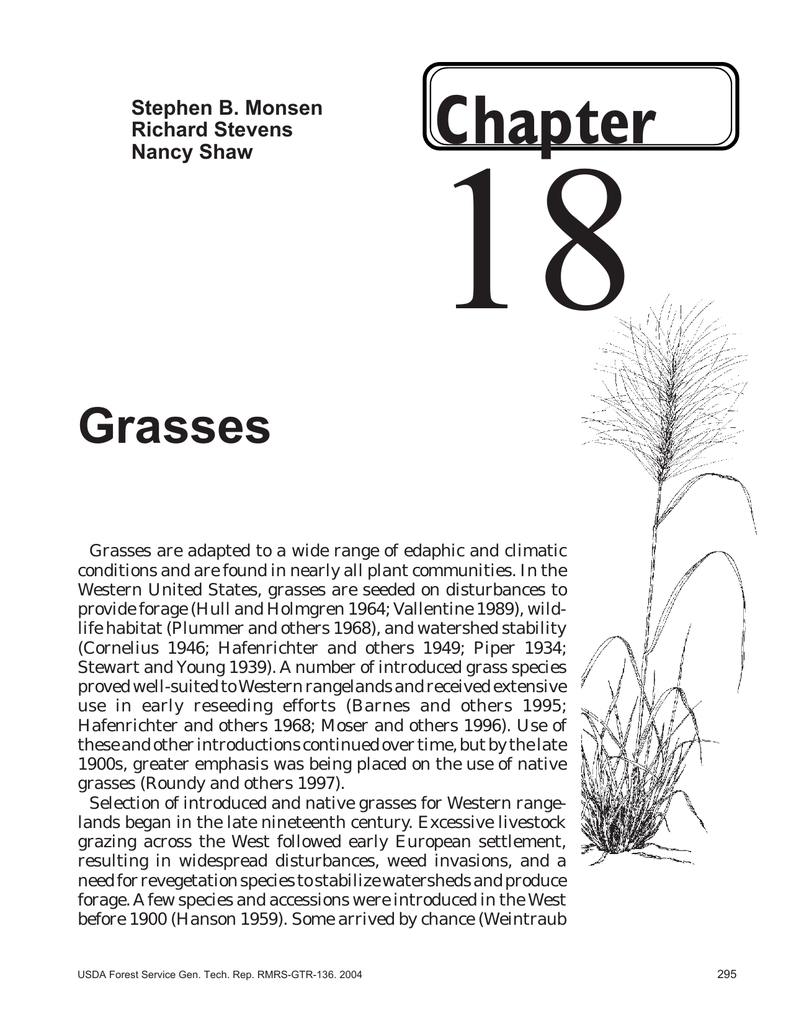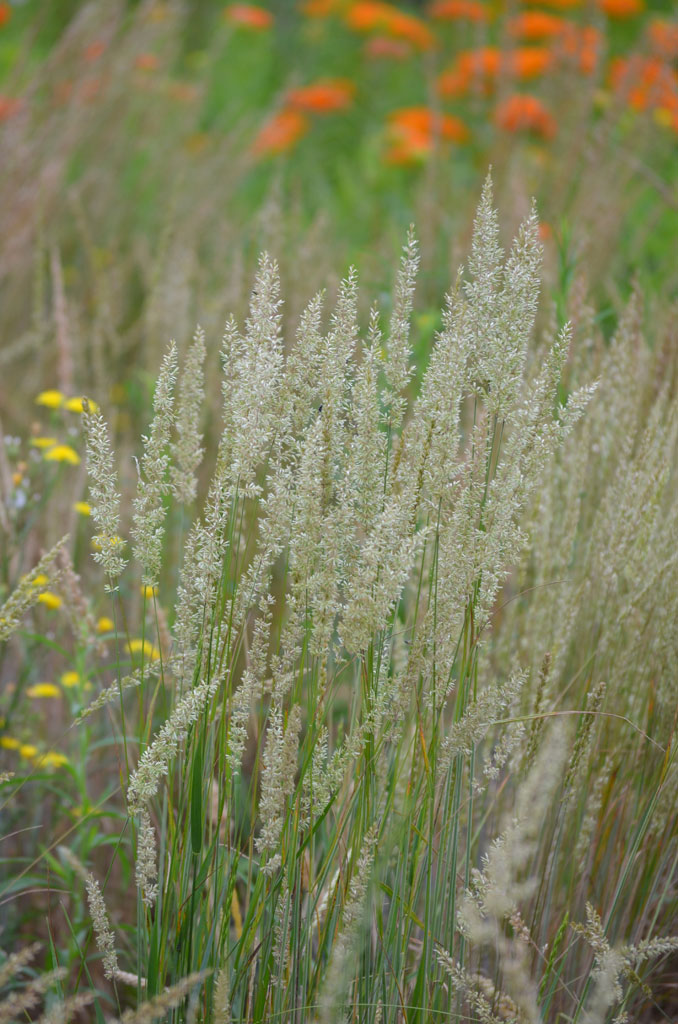How To Identify And Control Needle Grass
How to Identify and Control Needle Grass
Needle grass is a type of invasive grass that can be found in many parts of the world. It is a perennial grass that can grow up to 60 centimeters tall. Needle grass has a distinctive appearance, with long, sharp awns (tails) that can be easily mistaken for needles. These awns can cause injury to livestock and humans, and they can also get caught in clothing and machinery.
Needle grass is a serious problem because it can quickly outcompete native grasses and other plants. This can lead to a loss of biodiversity and a decline in the quality of grazing land. Needle grass can also damage infrastructure, such as fences and roads.
There are a number of ways to identify needle grass. One way is to look for the long, sharp awns. Another way is to look for the distinctive corona, which is a raised collar that is located between the seed and the awn. Needle grass seeds are also larger and darker than the seeds of native grasses.
If you think you have identified needle grass, it is important to take action to control it. There are a number of different methods that can be used to control needle grass, including:
- Manual removal: This is the most effective method for controlling small infestations of needle grass. To remove needle grass manually, you will need to dig up the entire plant, including the roots. This can be a time-consuming and labor-intensive process, but it is the best way to ensure that the plant does not come back.
- Herbicide treatment: Herbicides can be used to control larger infestations of needle grass. There are a number of different herbicides that are effective against needle grass, but it is important to choose a herbicide that is approved for use in your area. Herbicides should be applied to needle grass plants when they are actively growing.
- Grazing: Grazing can be an effective way to control needle grass in some cases. However, it is important to choose grazing animals that are not susceptible to injury from the awns. Goats and sheep are generally good choices for grazing needle grass.
If you are dealing with a large infestation of needle grass, you may need to use a combination of methods to control it. The best way to control needle grass is to take action early. If you identify needle grass on your property, it is important to take steps to control it before it becomes a major problem.
Needle grass is a type of grass that is native to North America. It is characterized by its long, sharp needles that can be harmful to animals and humans. Needle grass can be found in a variety of habitats, including prairies, meadows, and roadsides. It is a noxious weed in some areas and can be difficult to control.
If you are interested in learning more about needle grass, I encourage you to visit Home Gardening. This website has a wealth of information about needle grass, including its identification, biology, ecology, and management. You can also find photos, videos, and articles about needle grass on this website.
FAQ of needle grass
- What is needle grass?
Needle grass is a type of grass that is native to South America. It is an invasive species in many other parts of the world, including the United States, Australia, and New Zealand. Needle grass is characterized by its sharp, needle-like leaves. These leaves can cause skin irritation and discomfort, and they can also be harmful to livestock.
- How can I identify needle grass?
Needle grass is a tufted grass that grows in dense clumps. The leaves are bright green and 2-8 mm wide. They are flat and rough to the touch, and they have a distinctive white stripe down the middle. Needle grass flowers from October to March. The flowers are small and brown.
- When is the best time to control needle grass?
The best time to control needle grass is in the spring, before it flowers and sets seed. However, needle grass can be controlled throughout the year. There are a number of different methods that can be used to control needle grass, including:
* Mechanical control: This involves removing needle grass by mowing, grazing, or hand pulling.
* Chemical control: This involves using herbicides to kill needle grass.
* Biological control: This involves using insects or other organisms to control needle grass.
- What are the environmental impacts of needle grass?
Needle grass can have a number of negative environmental impacts. It can displace native plants, reduce biodiversity, and damage rangeland. Needle grass can also contribute to soil erosion and water pollution.
- What can I do to prevent the spread of needle grass?
There are a number of things that you can do to prevent the spread of needle grass, including:
* Do not transport needle grass on your clothing, footwear, or equipment.
* Do not allow livestock to graze in areas where needle grass is present.
* Remove any needle grass that you see growing in your yard or on your property.
* Report any infestations of needle grass to your local authorities.
Image of needle grass
10 different images of needle grass that are free to use:
- Needle and thread grass (Stipa comata) is a tall, slender grass with long, thin leaves and delicate, thread-like flowers. It is native to North America and can be found in prairies, meadows, and open woodlands.

- Blue grama grass (Bouteloua gracilis) is a short, tufted grass with blue-green leaves and small, white flowers. It is native to North America and can be found in prairies, grasslands, and desert scrublands.

- Porcupine grass (Stipa spartea) is a tall, coarse grass with long, sharp spines. It is native to North America and can be found in prairies, meadows, and open woodlands.

- Buffalo grass (Bouteloua dactyloides) is a short, drought-tolerant grass with blue-green leaves and small, white flowers. It is native to North America and can be found in prairies, grasslands, and desert scrublands.

- Slough grass (Carex stricta) is a tall, coarse grass with long, narrow leaves and small, brown flowers. It is native to North America and can be found in wetlands, marshes, and along rivers and streams.

- Sandwich tern grass (Elymus mollis) is a tall, slender grass with long, soft leaves and delicate, feathery flowers. It is native to North America and can be found in sandy soils, dunes, and beaches.

- Bearded wheatgrass (Agropyron dasystachyum) is a tall, tufted grass with long, blue-green leaves and small, brown flowers. It is native to North America and can be found in prairies, grasslands, and open woodlands.

- Prairie junegrass (Koeleria macrantha) is a short, tufted grass with long, narrow leaves and small, white flowers. It is native to North America and can be found in prairies, grasslands, and open woodlands.

- Sideoats grama grass (Bouteloua curtipendula) is a tall, tufted grass with long, blue-green leaves and small, white flowers. It is native to North America and can be found in prairies, grasslands, and open woodlands.

- Western wheatgrass (Agropyron smithii) is a tall, tufted grass with long, blue-green leaves and small, brown flowers. It is native to North America and can be found in prairies, grasslands, and open woodlands.

Post a Comment for "How To Identify And Control Needle Grass"